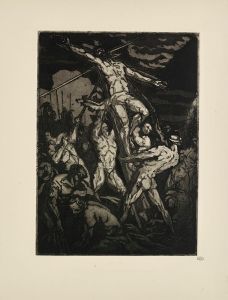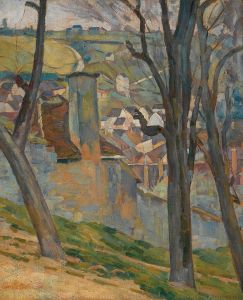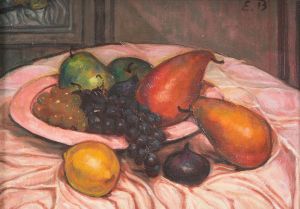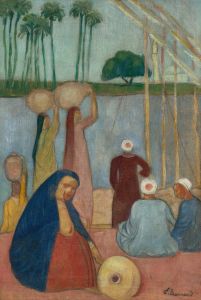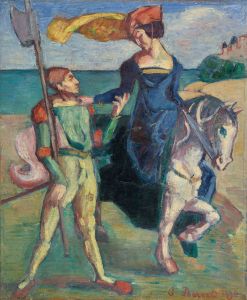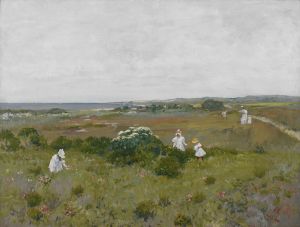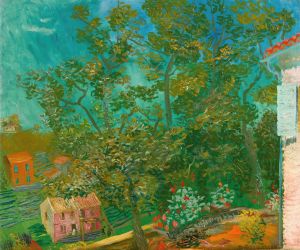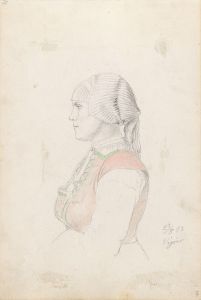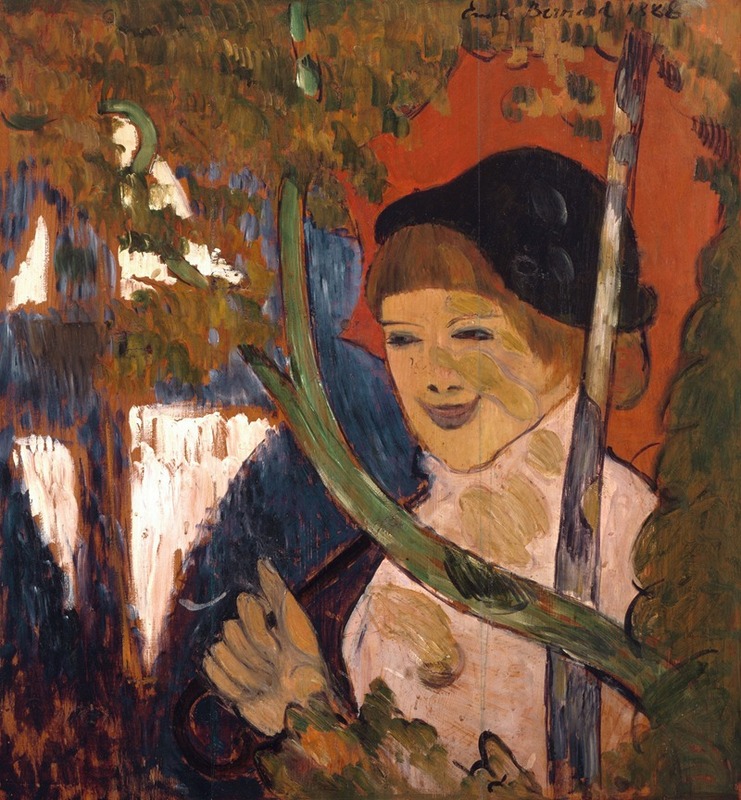
Breton Girl with a Red Umbrella
A hand-painted replica of Emile Bernard’s masterpiece Breton Girl with a Red Umbrella, meticulously crafted by professional artists to capture the true essence of the original. Each piece is created with museum-quality canvas and rare mineral pigments, carefully painted by experienced artists with delicate brushstrokes and rich, layered colors to perfectly recreate the texture of the original artwork. Unlike machine-printed reproductions, this hand-painted version brings the painting to life, infused with the artist’s emotions and skill in every stroke. Whether for personal collection or home decoration, it instantly elevates the artistic atmosphere of any space.
"Breton Girl with a Red Umbrella" is a painting by the French artist Émile Bernard, created in 1892. Émile Bernard was a significant figure in the Post-Impressionist movement and is known for his contributions to the development of Symbolism and Cloisonnism, a style characterized by bold outlines and flat areas of color.
The painting depicts a young Breton girl holding a red umbrella, a subject that reflects Bernard's interest in the people and landscapes of Brittany, a region in northwestern France. Bernard, along with contemporaries like Paul Gauguin, was drawn to Brittany for its perceived authenticity and the traditional lifestyle of its inhabitants, which contrasted with the rapidly industrializing urban centers of France.
In "Breton Girl with a Red Umbrella," Bernard employs the Cloisonnist technique, which he helped pioneer. This technique involves the use of strong, dark outlines to define forms, reminiscent of stained glass or cloisonné enamel work, hence the name. Within these outlines, Bernard uses flat, vibrant colors to fill the spaces, creating a striking visual effect that emphasizes the two-dimensionality of the canvas. This approach was a departure from the Impressionist focus on light and naturalistic representation, aligning more with the Symbolist movement's interest in conveying emotional and spiritual experiences through art.
The choice of a Breton girl as the subject reflects Bernard's fascination with the region's culture and people. Brittany, with its distinct Celtic heritage and traditions, offered a rich source of inspiration for artists seeking to explore themes of identity and cultural heritage. The red umbrella in the painting serves as a focal point, drawing the viewer's attention and adding a vivid contrast to the more subdued tones of the girl's attire and the background.
Bernard's work in Brittany was part of a broader artistic exploration that included collaborations and exchanges with other artists of the time. His friendship and collaboration with Paul Gauguin were particularly influential, as both artists sought to break away from the conventions of Impressionism and explore new artistic directions. Their time in Brittany was marked by a mutual exchange of ideas and techniques, which significantly impacted the development of modern art.
"Breton Girl with a Red Umbrella" is an example of Bernard's innovative approach to composition and color, reflecting his role as a key figure in the transition from Impressionism to the more abstract and symbolic styles that characterized the late 19th and early 20th centuries. The painting is a testament to Bernard's ability to capture the essence of his subjects while experimenting with form and color to evoke deeper meanings and emotions.
Today, Émile Bernard is recognized as an important contributor to the Post-Impressionist movement, and his works continue to be studied for their artistic and historical significance. "Breton Girl with a Red Umbrella" remains a notable example of his style and thematic interests, illustrating his commitment to exploring new artistic frontiers while remaining deeply connected to the cultural and social contexts of his time.





